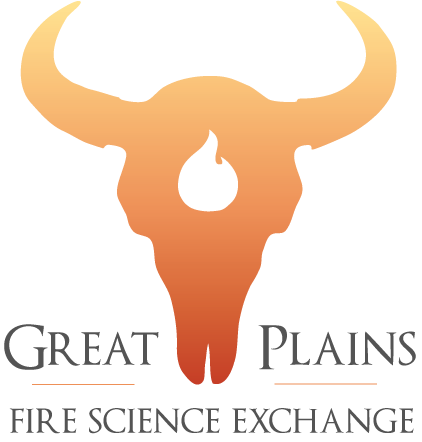Videos
Japanese brome, Russian knapweed, spotted knapweed, and leafy spurge are invasive, non-native weeds in the northern prairies of the central United States. Because they reproduce by seed, destroying the seed with fire may be one way to control these plants. Knowing the fire characteristics that will kill the seeds is important to using this method of control.
2017-11
Read MoreThe invasive species cheatgrass, Bromus tectorum, has been linked to increased fire frequency, reduced livestock weight gains and plant diversity, and degraded wildlife habitat in the Intermountain region of the western United States.
2017-10
Read MoreGrasshoppers in the northern Great Plains periodically experience population outbreaks. While insecticides are available to help control these outbreaks, prescribed burning and livestock grazing, alone or in combination, may offer range managers another method of control.
2017-08
Read MorePatch burn grazing management is prescribed burning and grazing practice that allows livestock and wildlife to select a diet from both burned and unburned vegetation. Differences in forage quality between the burned and unburned areas can affect where animals graze.
2012-07
Read MorePrickly pears are native plants that provide food and habitat for wildlife. However, they can reduce forage and increase livestock injury when there are too many of them. Plains prickly pear is adapted to fire, re-growing from seeds, roots, and pads, but fire can also kill plants.
2017-06
Read MoreGrazing immediately following a wildfire has been thought to be damaging to northern Great Plains grasslands, and delaying grazing is often recommended. This recommendation may be needlessly causing livestock producers extra work and loss of income, as these grasslands have been shown to be resilient to summer fire, grazing and drought.
2017-05
Read MoreFire is common in the western Great Plains, but much less well studied than in eastern prairies. Wildfires most commonly occur in July and August in these semi-arid rangelands covered with cool-season grasses, but the impact of summer fires has not been well researched.
2017-04
Read MoreAs land has been converging to crops, fire has been suppressed, coyotes have been controlled and tree and shrub cover in rangelands has increased. Thus, swift fox populations have severely declined in number and have become cut off from one another. Returning fire to the landscape may improve habitat for swift foxes.
2017-03
Read MorePurple threeawn reproduces from seed and vegetatively from basal buds, the source for new tillers. While typically a minor grassland species, it increases with intensive disturbance and can persist at high levels decades afterward.
2017-02
Read More
